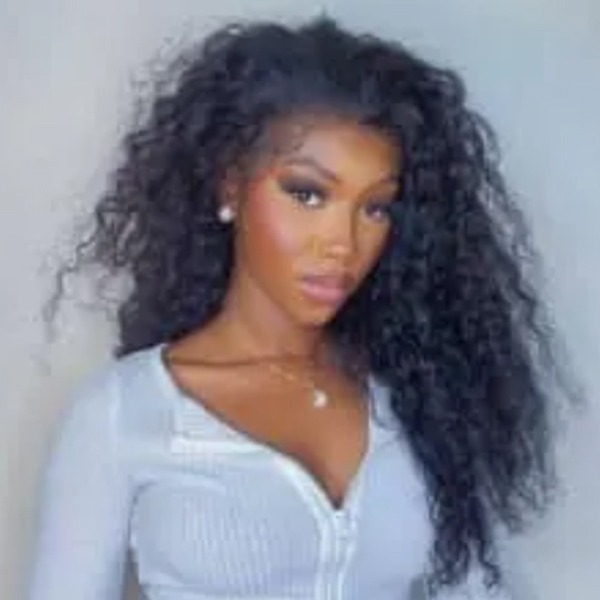Do you have Type 4a hair, but you’re not sure if you have Type 4a hair? Don’t worry, you’re not alone. Most people can’t identify their curl pattern. But why do you need to know your curl pattern? Your curl pattern is the key to helping you find your hair regimen, find the right hair products and double your length retention!
There may be nothing wrong with your current hair regimen, but once you understand your curl pattern and follow it accordingly, you can solve most of your hair problems and improve your overall healthy hair. If you learn your hair better, you’ll be able to know what works for your hair and what doesn’t. Are you ready to learn about your 4a hair type?
Hair Type
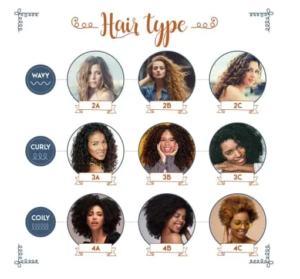 Before we focus only on type 4a hair, let’s talk about hair types. There are various types of hair. The most dominant textures are straight, wavy and curly. According to some hairstylists, these types are divided into four main hair types, which are 1,2,3,4.
Before we focus only on type 4a hair, let’s talk about hair types. There are various types of hair. The most dominant textures are straight, wavy and curly. According to some hairstylists, these types are divided into four main hair types, which are 1,2,3,4.
Type 1 is straight hair without any subcategories. But types 2, 3 and 4 cover wavy and curly textures, respectively. And each of these core types is further divided into three subtypes, namely 4a, 4b and 4c, etc.
As the natural hair community has grown, Type 4 has evolved and even includes subtype 4d. But Type 4a hair can be a bit tricky, as Type 4a hair can look like 3c or 4b.
what is 4a hair?
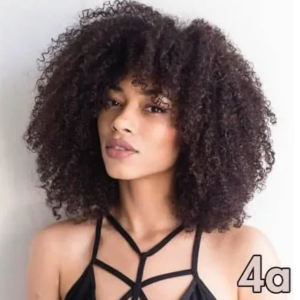
Type 4A is very tight and has small curls, very wiry and fragile. When you stretch them, they get super long and have medium-sized, loosely packed curls. The curls have a springy S-shape and are about the size of a crochet needle.
If you look closely at the 4a hair type, you’ll notice the curls are not as interlocked as 4b or 4c curls. Each 4a strand independently curls or spirals away from other neighboring 4a hair has naturally well-defined curls and is easier to style and handle than 4b and 4c hair. It also has a reduced risk of natural breakage because of its loose curls.
What does 4a hair look like?
Although we already know the definition of 4a hair, distinguishing type 4a hair is still not a simple task – even for professionals! Type 4a hair can easily be mistaken for type 3c or 4b, and if you’re not sure what type of hair you have, you can determine your curl type when you’ve just washed your hair and come out of the shower.
Type 4a hair tends to have a distinct “S” shape that creates miniature coils. This type of hair is known as dense, bouncy coils. Again, your hair may be fine or thick. When it’s voluminous, you’ll lose definition. However, when your hair is wet, you will be able to clearly see the definite curl pattern.
Also, note that it’s not uncommon for you to have more than one hair type on your head. (For example, you may find that most of your hair is type 4a, but the hair on the back part of your neck is type 4b – which would be a tighter curl).
The Best Hairstyles and Cuts for 4A Hair
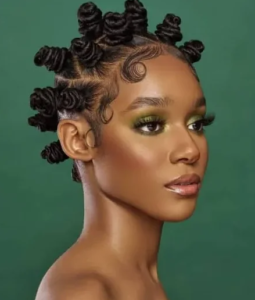
When deciding how to design and cut 4A hair, it’s important to find the style that works best for you. Some of the more suitable styles for 4A hair are twists, Bantu knots and braids.
Most African hair types are indeed diverse, however, too much manipulation can be done to the hair. If you want your hair to continue to grow, you should try to minimize the manipulations that harm your hair. Protective hairstyles can definitely help you do this, as they can tuck your hair ends away. And an added benefit is that you can use your own hair or hair extensions.
When it comes to haircuts, people with 4A hair should focus on layering. We recommend trimming 4A hair regularly, preferably every six to eight weeks. This is because a new trim always makes 4A curls look healthier and more layered.
Disadvantages of 4a hair.
• 4a hair generally does not maintain a protective hairstyle for very long, usually lasting 2-5 days.
• Since protective hairstyles for 4a hair do not last very long, you may have to constantly reshape your hair. Regularly reshaping your hair results in frequent manipulation, which can lead to hair breakage or scalp tension over time.
Benefits of 4a hair.
• 4a hair is super easy to moisturize. With a small pump or spray leave-in conditioner and a few drops of hair oil, you can moisturize 4a hair for days on end.
• With its high moisturizing power and natural curls, it creates the perfect “washed-out” look.
• 4a hair will not shrink like 4b or 4c. This is an advantage for people who like to show off their hair length.
Tips for maintaining 4a hair
1. Shampoo
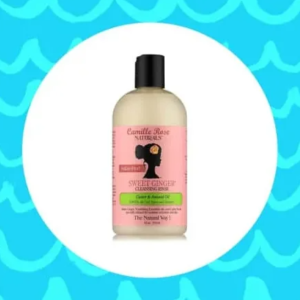 Since 4A hair is naturally dry and its texture can easily be damaged if it is not well moisturized, make sure your shampoo has super moisturizing effects.
Since 4A hair is naturally dry and its texture can easily be damaged if it is not well moisturized, make sure your shampoo has super moisturizing effects.
Before shampooing, use your fingers to pluck your hair out of the way. After letting your hair soak well in the shower, gently detangle your hair a few inches from the ends and slowly move upwards.
This will help prevent your curls from getting messed up while you’re washing your hair. Also, focus on washing only the scalp and roots, and let the lather gently wash through the middle and ends of your hair as you rinse.
2. Conditioning
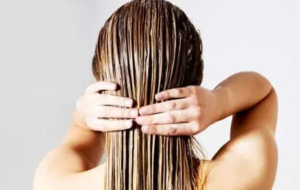 We always recommend conditioning (or deep conditioning) after shampooing for dry, curly hair types. A conditioner will replenish your hair with the moisture it needs to give you bouncy curls minus the frizz.
We always recommend conditioning (or deep conditioning) after shampooing for dry, curly hair types. A conditioner will replenish your hair with the moisture it needs to give you bouncy curls minus the frizz.
3. Daily Moisturizing
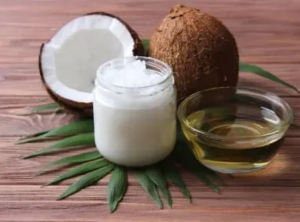 4A hair may need to be moisturized daily or every other day. If your hair is particularly dry, you can use hair oil. Coconut oil is great for adding moisture as you shape your curls because it penetrates the hair shaft, unlike most oils.
4A hair may need to be moisturized daily or every other day. If your hair is particularly dry, you can use hair oil. Coconut oil is great for adding moisture as you shape your curls because it penetrates the hair shaft, unlike most oils.
If you just need a little moisture to refresh your curls, you can use a natural hair serum. You can apply as little or as much as needed to make your curls bouncy and frizz-free.
4. Pre-Sleep Treatment
 To avoid frizz and breakage, wear a silk scarf or use a silk pillowcase when you go to bed. Cotton can pull at your curls and cause more frizz. Silk and satin don’t create as much friction, and we’ve heard they also help prevent bedtime wrinkles.
To avoid frizz and breakage, wear a silk scarf or use a silk pillowcase when you go to bed. Cotton can pull at your curls and cause more frizz. Silk and satin don’t create as much friction, and we’ve heard they also help prevent bedtime wrinkles.

